Material Properties
■Heat resistance: High thermal conductivity filler in the paste and greatly improved heat resistance compared with conventional non-silicone products.
■Printability: The viscosity suitable for printing is maintained, and bleed-out has been successfully suppressed , despite the high filler content.
Article : Non-silicon Based High Heat-Resistant Thermal Grease(Thermal Paste) is here.
Article : Heat Radiating Material(Heat Conducting Composite) is here.
For more information on the characteristics of the samples, please use the registration form below to download the documents and contact us using the inquiry form.
Related Documents
-
Non-Silicone-Based Durable Thermal Grease
R&D product
INDEX- To keep printability with high thermal conductivity
- Excellent durability in high temperature range
- Other features
Product Lineup of Thermal Grease
| Development Samples | |||||
|---|---|---|---|---|---|
| Grade Examples | #1 | #2 | #3 | #4 | #5 |
| Features | Prevention of oil and filler separation, along with low Bond Line Thickness (BLT). | Prevention of oil and filler separation, and low bleed-out. | Prevention of oil and filler separation, and low bleed-out. | High thermal conductivity achieved alongside low BLT and low viscosity. |
High thermal conductivity with pump-out control (please consult us regarding reducing viscosity). |
| Thermal Conductivity (W/mK) | 1.1 | 1.1 | 3.0 | 4.7 | 8.1 |
| Minimum Layer Thickness (μm) | 6 | 17 | 30 | 25 | 42 |
| Density (g/cm3) | 2.7 | 1.9 | 2.4 | 2.4 | 4.7 |
| Viscosity (Pa-s)* | 115 | 88 | 88 | 104 | 630 |
| Up to 150°C TG Weight Change (%) |
≦±0.2 |
||||
| Bleed Out*** |  |
 |
 |
 |
 |
*Measured at a shear rate of 10/s at 25°C.
**Tested by applying to glass and heating at 150°C for 1 hour.
***The new type maintains a minimal layer thickness while achieving both high thermal conductivity and low viscosity.
Frequently asked questions
about Thermal Grease
What are the advantages of silicone-free Thermal Grease?
No siloxane gas, which can cause contact failure gas and lens fogging, is generated.
What is the heat resistance temperature of Thermal Grease?
Our Thermal Grease achieves heat resistance of 150°C or higher, which is difficult to achieve with conventional non-silicone one.
In what applications is Thermal Grease used?
A common application of TIM products is heat dissipation, mainly in electronic devices. They are used in areas where heat generated by electrical resistance can be discharged, such as CPU cases in PCs and electronic devices in hybrid vehicles.
Related Documents
-
Non-Silicone-Based Durable Thermal Grease
R&D product
INDEX- To keep printability with high thermal conductivity
- Excellent durability in high temperature range
- Other features
Take part in X-MINING Contact Us
Ready to get started? Contact us to talk about your requirements.
Articles
Materials
-
Near-Infrared Absorbing Materials
-
Thick Film
Pastes -
Magnetic
Materials -
【R&D】 Fine Copper
Powders -
【R&D】 Copper Powder-Added Cu-Ni Complex Ink
-
【R&D】 Fe-Ga Alloy Single Crystal
-
【R&D】 [Wet-chemical synthesized metal powder] Ultra-fine nickel powders
-
AuSn (Gold-Tin) Solder
-
Copper-clad laminate (2-layer FCCL, transparent FCCL)


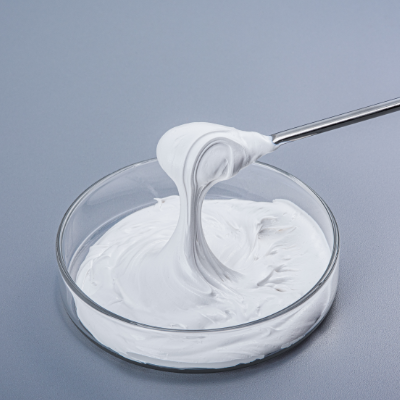
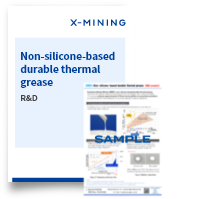
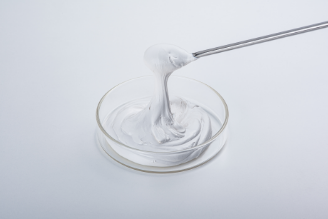

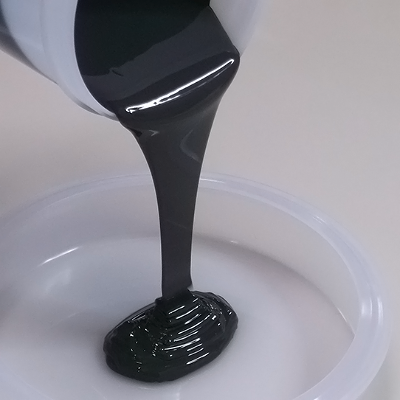
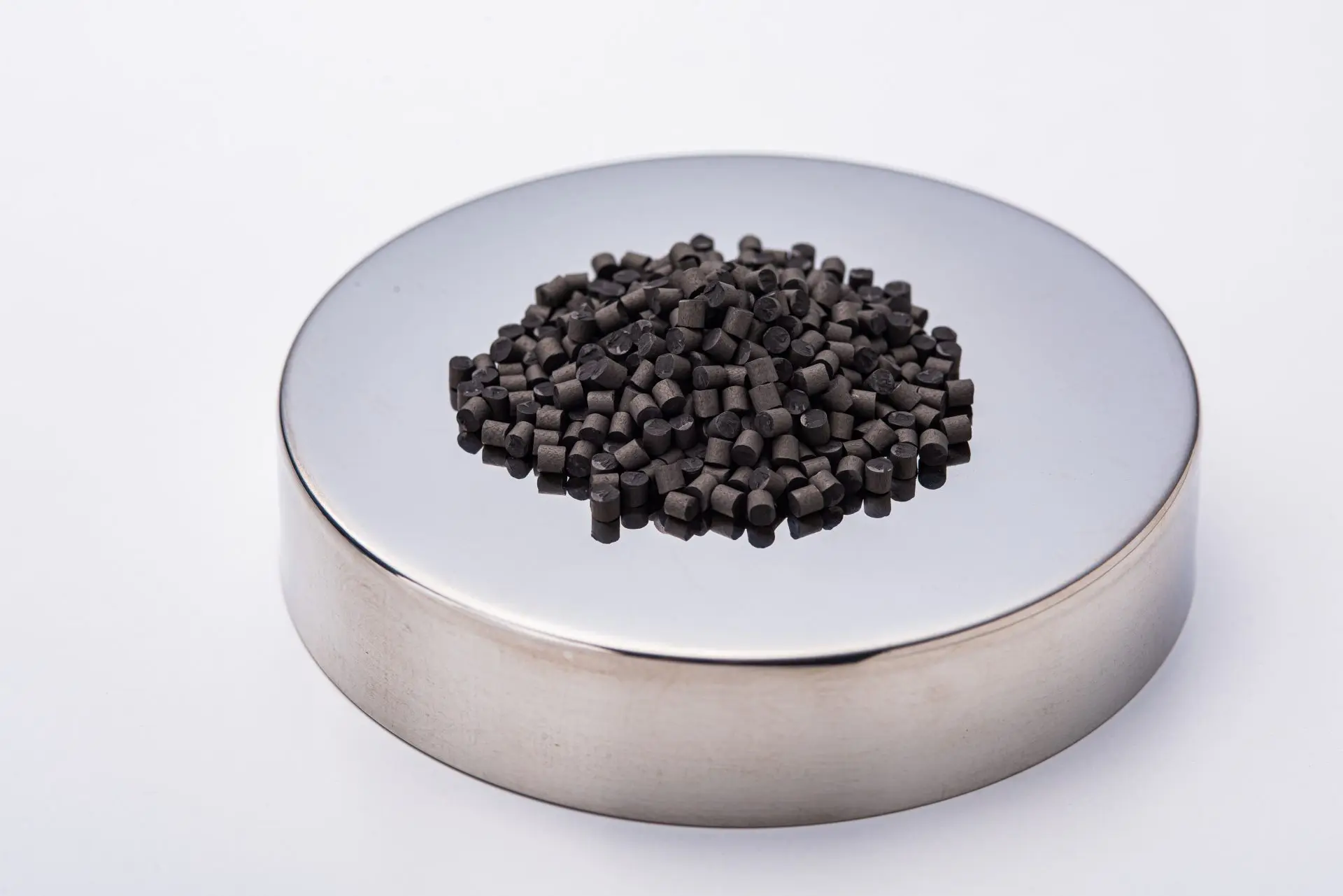



![[Wet-chemical synthesized metal powder] Ultra-fine nickel powders](https://crossmining.smm.co.jp/wp-content/uploads/m_np.webp)

